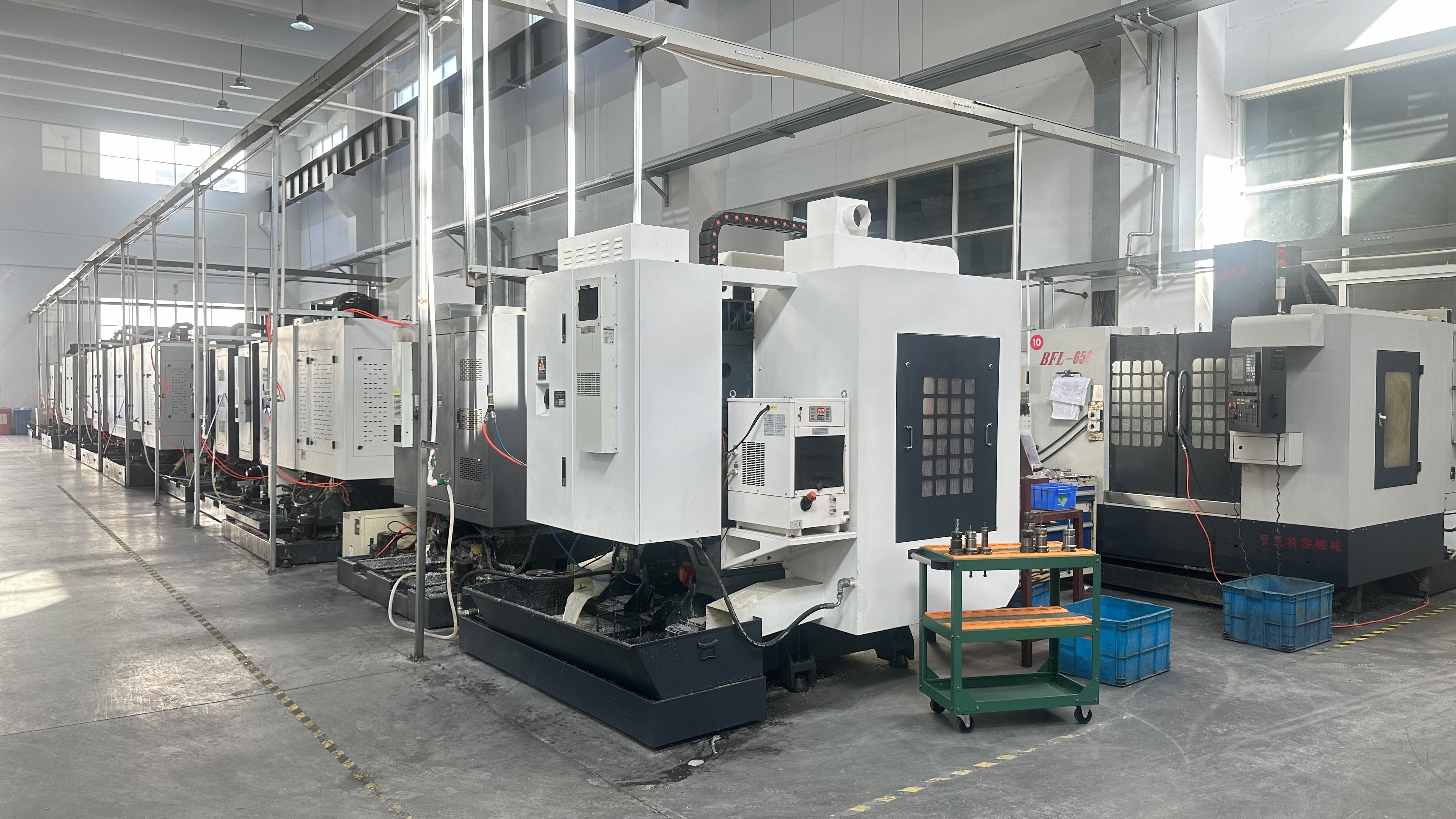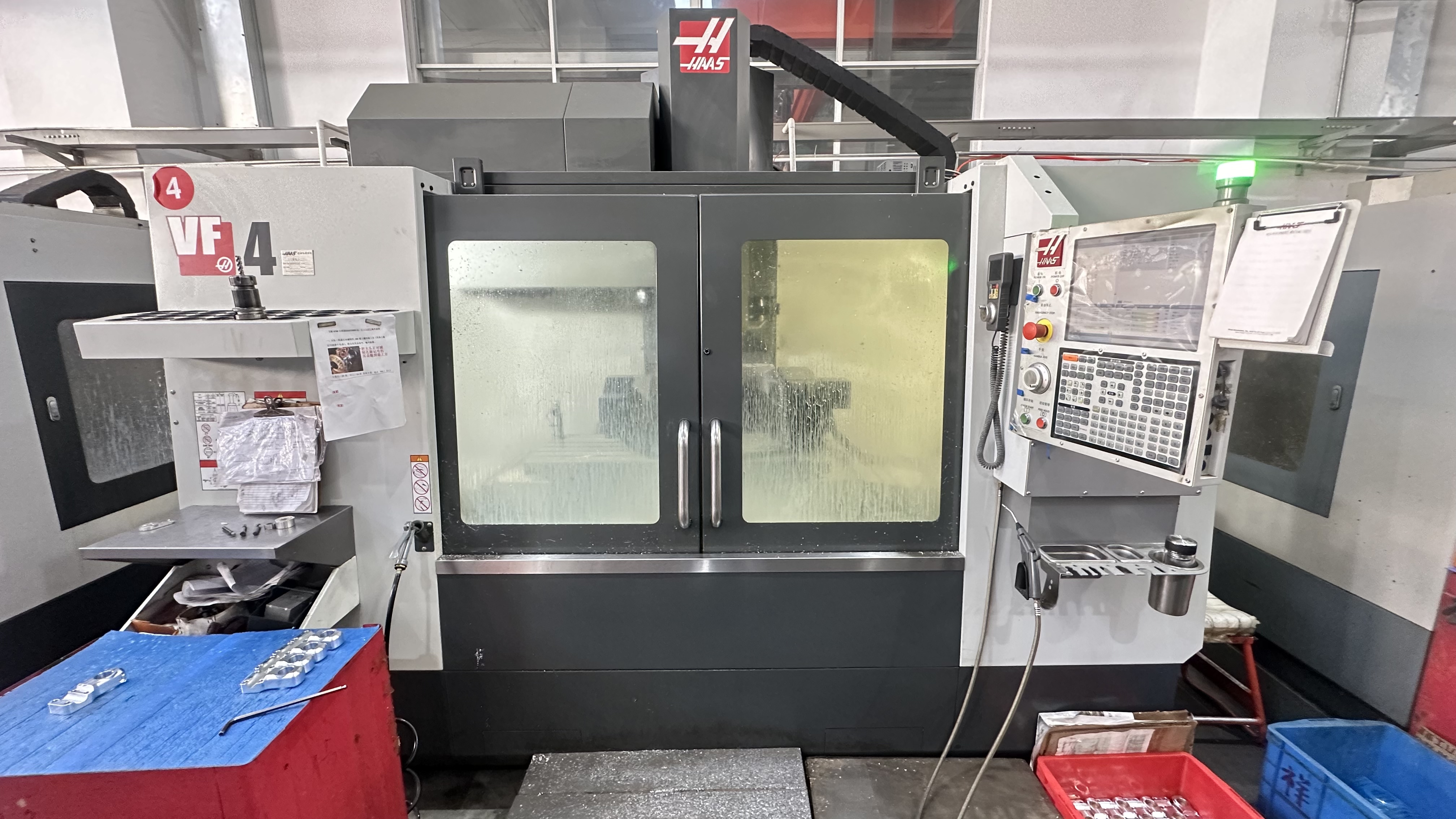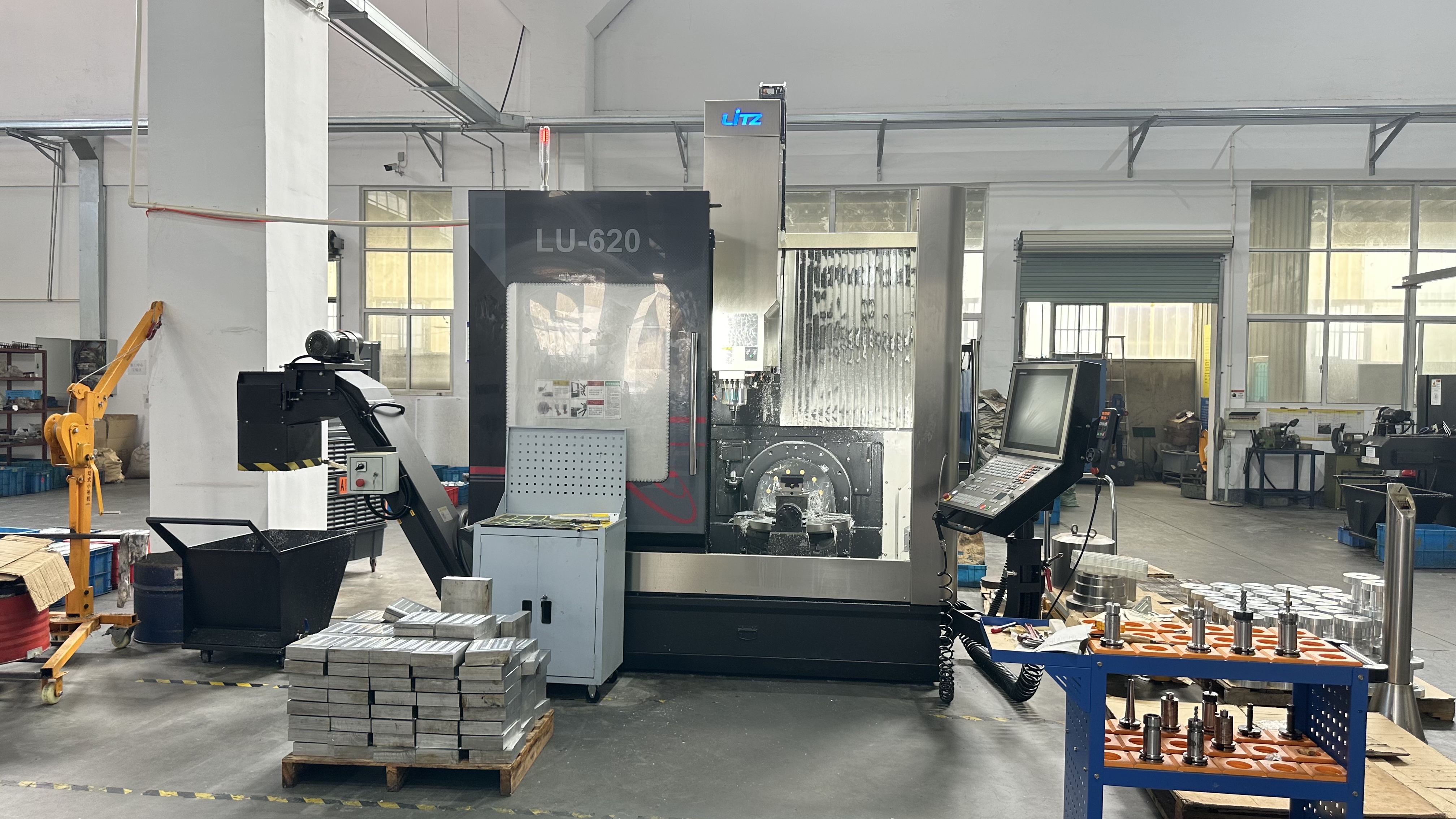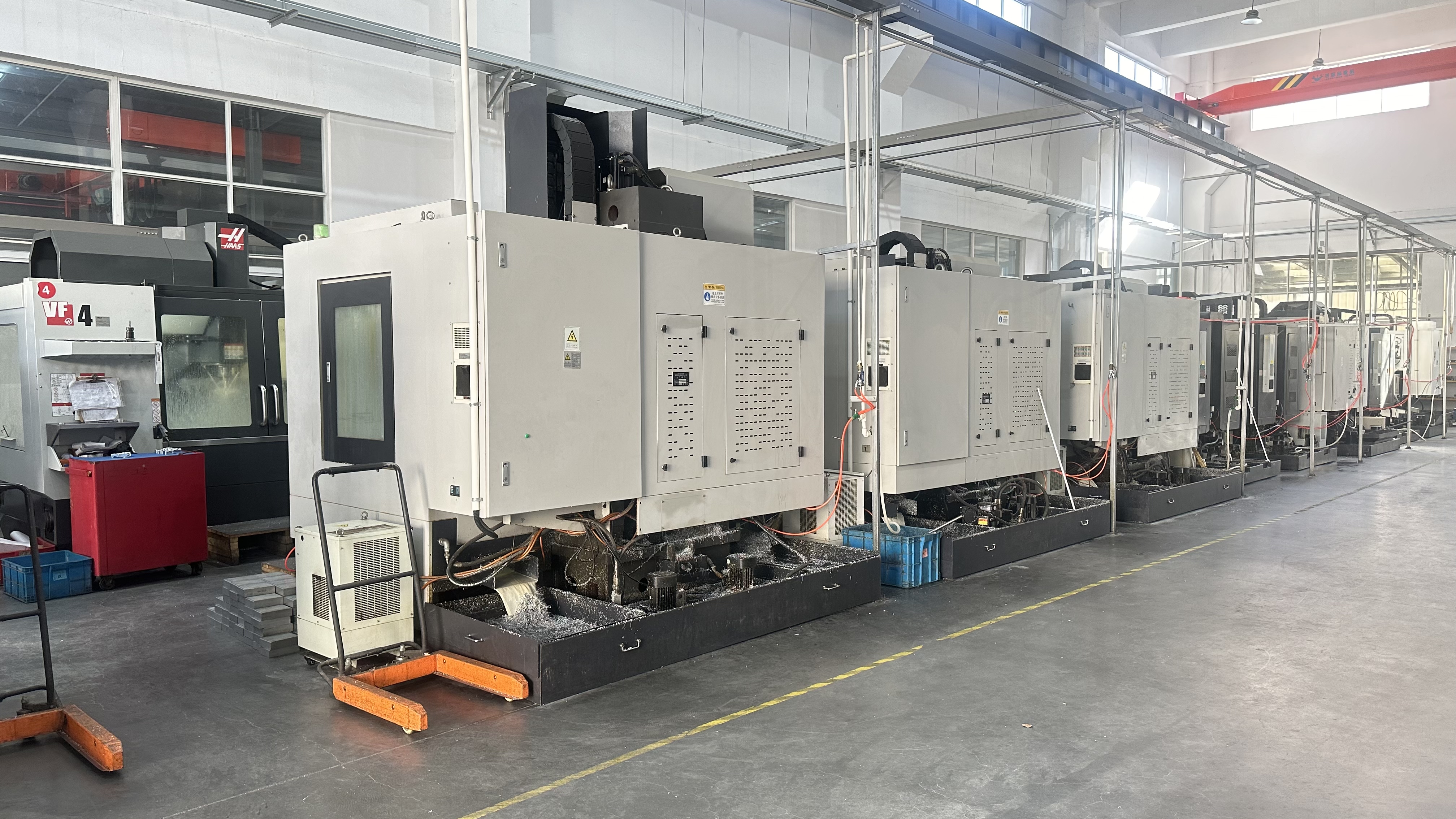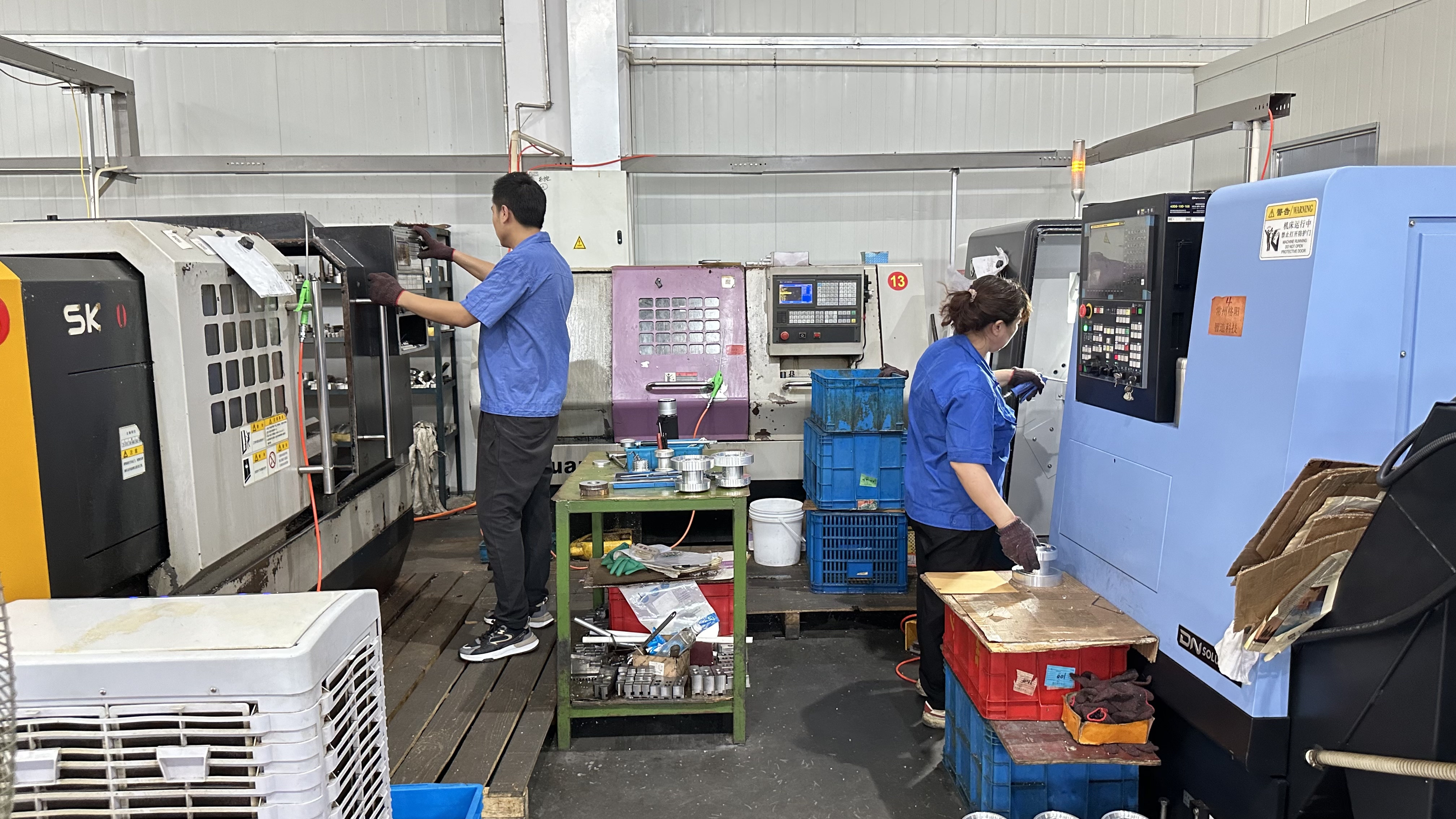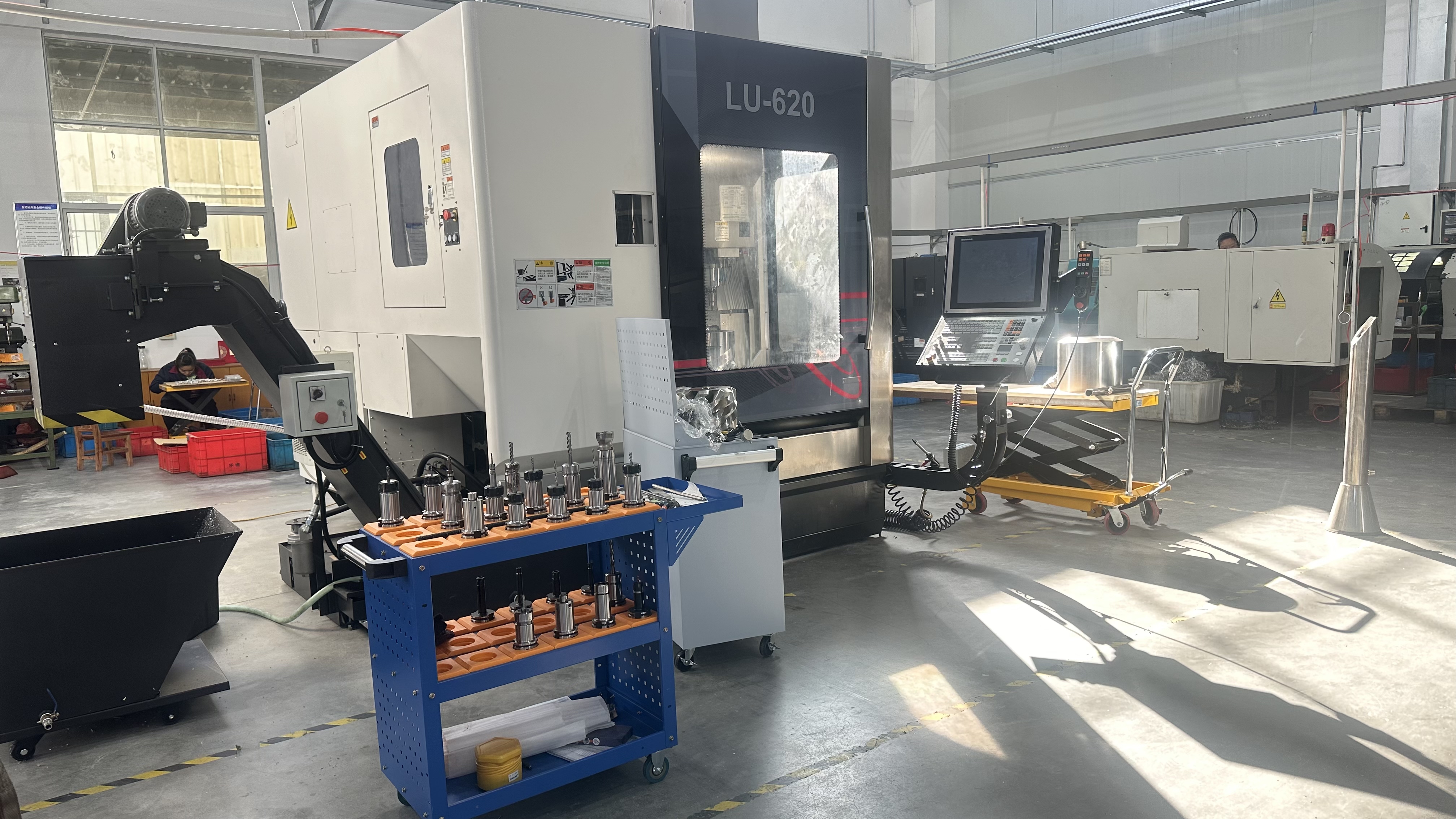Go Kart Sprocket Carrier Tool Sprocket Holder: Organize and Protect Your Drivetrain
The Go Kart Sprocket Carrier Tool Sprocket Holder is an essential accessory designed to store, transport, and organize multiple go-kart sprockets, ensuring quick access and protection for #219 or #428 pitch sprockets (30T-97T). Crafted from durable materials like chrome-plated steel, anodized aluminum, or reinforced plastic, it holds up to 25 sprockets and is compatible with kart setups using engines like Predator 212cc, Rotax Max, IAME X30, or Briggs LO206, and chassis from Tony Kart, OTK, Manco, or Trailmaster. Perfect for racers, mechanics, and DIY enthusiasts, it builds on your interest in sprockets and drivetrain components (March 18 and April 11-16, 2025). Whether you’re prepping for a race or managing a garage, this tool keeps your sprockets secure, organized, and ready for action, streamlining gear changes and maintenance.
What Is a Go Kart Sprocket Carrier Tool Sprocket Holder?
A Go Kart Sprocket Carrier Tool Sprocket Holder is a portable device that organizes and stores multiple sprockets, typically featuring a rod, spindle, or rack design to stack sprockets by size (e.g., 30T-97T for #219 or #428 chains). Made from steel, aluminum, or plastic, it includes a handle for easy carrying and sometimes a base for stability, preventing damage or loss during transport or storage. It simplifies pit-side gear swaps and garage organization, a practical complement to your sprocket focus.
Why Use a Sprocket Carrier Tool Sprocket Holder?
This tool keeps sprockets sorted and protected from dents or scratches, reducing downtime during races, as you’ve explored with drivetrain efficiency. It saves space, prevents misplacement, and speeds up ratio changes by keeping teeth (e.g., 35T vs. 50T) accessible, ideal for racers tuning for tracks or builders managing spare parts. Its durability ensures long-term use, offering value for karting enthusiasts.
Designed for Convenience and Compatibility
Our Sprocket Carrier Tools are built to hold #219 or #428 sprockets (30T-97T), with designs for axles from 25mm to 50mm and universal fitment for brands like Kosmic, Birel ART, and Yerf-Dog. Available in chrome steel, anodized aluminum, or lightweight plastic, they support karts with engines from 150cc to 300cc, providing a versatile, user-friendly solution for organizing drivetrain components.
Key Features of the Go Kart Sprocket Carrier Tool Sprocket Holder
The Sprocket Carrier Tool Sprocket Holder offers rugged construction, thoughtful design, and practical functionality, making it a go-to for kart maintenance. Here’s what stands out.
Durable Chrome Steel or Aluminum Build
Constructed from chrome-plated steel (90,000 PSI tensile strength) or 6061 T6 aluminum (45,000 PSI), these holders weigh 1-3 pounds (e.g., steel at 2 lbs). Finishes resist rust, lasting 1,000-2,000 hours in dry or wet conditions, ensuring sprockets stay safe in busy pits or garages, as valued in your component inquiries.
High-Capacity Sprocket Storage
Designed to hold up to 25 sprockets (e.g., 30T-97T for #428 or #219), the tool features a 25mm-50mm rod or slotted rack, keeping sizes organized. This capacity supports racers switching ratios (e.g., 40T to 60T) or mechanics managing inventory, streamlining workflows during events or builds.
Ergonomic Handle and Portability
Equipped with a molded or steel handle, the holder is easy to carry, even when loaded (e.g., 5-10 lbs with sprockets). Compact designs (e.g., 12” long) fit in toolboxes or pit bags, offering mobility for trackside use, a feature that aligns with your interest in efficient kart tools.
Stable Base or Wall-Mount Option
Some models include a flat base for bench stability or wall-mount holes for garage storage, preventing tipping. This versatility ensures sprockets are accessible yet secure, catering to racers prepping for races or DIYers organizing workshops, enhancing drivetrain management.
Applications of the Go Kart Sprocket Carrier Tool Sprocket Holder
The Sprocket Carrier Tool’s practicality and durability make it suitable for various karting scenarios, from pro racing to hobbyist garages, tying into your drivetrain focus.
Competitive Kart Racing Organization
In sprint, oval, or TAG racing, this holder organizes sprockets for chassis like OTK or Tony Kart with engines like Rotax Max or IAME X30. It speeds up pit-side swaps (e.g., 35T for torque, 50T for speed), ensuring racers stay competitive in Senior Max or Cadet classes without gear mishaps.
Recreational Kart Maintenance
For club racers or casual drivers with Predator 212cc or Honda GX200 engines, the tool keeps sprockets sorted on Manco or Yerf-Dog chassis, simplifying upkeep for backyard tracks. Its capacity reduces clutter, making it easy for hobbyists to maintain drivetrains with minimal effort.
Custom Kart Builds and Storage
DIY builders, as you’ve shown interest in sprockets and mounts, use these holders to store spare #428 or #219 sprockets for engines like Briggs LO206 or Tillotson. The organized setup supports testing ratios during custom projects, keeping parts safe and accessible for retrofits or show karts.
Team and Shop Inventory Management
Karting teams or mechanics managing multiple karts (e.g., Coleman or Trailmaster) rely on this tool to catalog sprockets, preventing loss in busy shops. Wall-mount options save space, ensuring quick access for repairs or race prep, ideal for high-volume environments.
Technical Specifications and Usage Guide
To get the most from the Go Kart Sprocket Carrier Tool Sprocket Holder, understanding its specs and usage is crucial. Here’s a detailed breakdown.
Size and Compatibility
These holders accommodate #219 (7.95mm) or #428 (12.7mm) sprockets from 30T to 97T (~95mm-245mm diameter), fitting axles from 25mm to 50mm. They work with chassis from Manco, Hammerhead, and American Sportworks, and engines from 150cc to 300cc (e.g., IAME KA100, Predator Ghost), ensuring broad use.
Material Strength and Durability
Chrome-plated steel offers 90,000 PSI tensile strength, lasting 1,000-2,000 hours in dry or wet conditions, while 6061 T6 aluminum (45,000 PSI) endures 700-1,200 hours with anodizing. Plastic models last 500-800 hours, suiting lighter use, all protecting sprockets reliably.
Step-by-Step Usage Guide
Preparation: Confirm sprocket sizes (e.g., 30T-60T #428) and holder capacity. Gather sprockets and clean them to prevent grit buildup.
Loading: Slide sprockets onto the rod or rack, organizing by tooth count (e.g., ascending 35T to 50T). Secure with a cap or clip if included.
Transport/Storage: Carry by handle to pits or mount on a wall for garage use. Ensure stability to avoid tipping during transport.
Final Check: Verify sprockets are secure and accessible. Test retrieval for quick swaps, adjusting order if sizes mix during handling.
Maintenance Tips
Inspect for rust, dents, or loose fittings after wet races or 100 hours, cleaning with a cloth and mild solvent. Lubricate steel rods lightly to ease sprocket sliding and replace if bent or cracked, typically after 1,000-2,000 hours based on material. Store dry to avoid corrosion.




















